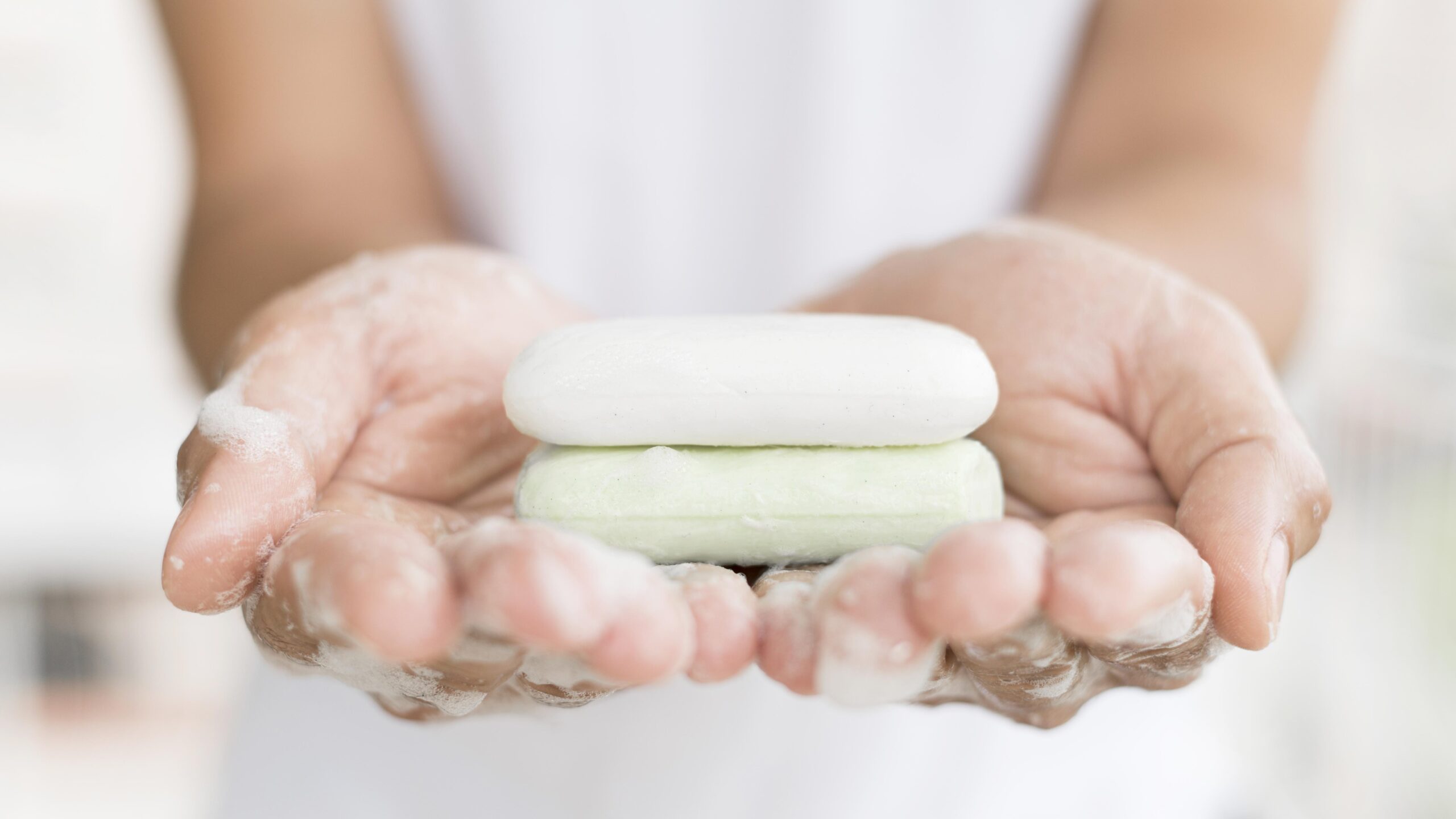From the earliest civilizations to the bustling modern era, soap has been an indispensable part of our lives. This age-old cleanser holds a fascinating history and plays a pivotal role in maintaining our hygiene and well-being. Let’s embark on a captivating journey through the world of soap, from its ancient origins to the cutting-edge innovations of today.

Table of Contents
Origins of Soap
Early Beginnings
The story of soap begins in the annals of ancient history. Archaeological evidence suggests that early civilizations, including the ancient Babylonians, Egyptians, and Greeks, were already familiar with soap-like substances. These resourceful cultures used natural materials such as plant ashes and animal fats to create rudimentary cleansers for personal and household use.
The Discovery of Soap Making
The official art of soap making, as we know it, is believed to have originated in ancient Babylon. The city’s inhabitants combined fats with wood ash to create the first true soap. Over time, this knowledge spread to other regions, such as Egypt and Rome, where soap became an integral part of daily life. The Romans, in particular, were known for their dedication to cleanliness and were early advocates of soap’s cleansing properties.
The Chemistry of Soap
Soap’s Composition
At its core, soap is a product of simple chemistry. It is composed of fats or oils that undergo a chemical reaction with an alkali (such as lye) to produce soap molecules and glycerin. The soap molecules have a unique structure, with one end being hydrophilic (attracted to water) and the other hydrophobic (repelled by water).
The Science of Saponification
The magical process of transforming fats and oils into soap is known as saponification. During saponification, the fatty acids in the oils or fats react with the alkali to break them down into soap and glycerin. This reaction releases soap molecules that possess the ability to attract both oil and water, making them powerful cleansers.
Types of Soap
Bar Soap
The timeless classic, bar soap, has been a staple in households for centuries. Whether in the form of traditional bars or elegant artisanal creations, bar soaps have a special place in our hearts. They come in a wide range of varieties, from moisturizing glycerin-based bars to the gentle purity of castile soap.
Liquid Soap
The convenience of liquid soap has earned it a special place in modern homes and public spaces. From foaming dispensers that create an instant lather to antibacterial formulations that combat germs effectively, liquid soap offers a convenient and hygienic cleansing experience.
Specialty Soaps
Beyond the traditional varieties, specialty soaps cater to specific needs. Organic and natural soaps offer purity and eco-consciousness, while medicated soaps address skin conditions and dermatological concerns. There’s a soap for every preference and requirement!
Uses of Soap Beyond Cleansing
Historic and Cultural Uses
Soap’s importance transcends mere cleanliness; it has also held cultural and historic significance. From ancient religious rituals to ceremonial purification, soap has been part of diverse cultural practices worldwide. Its role in promoting cleanliness has often been linked to spiritual and social well-being.
Soap in Everyday Life
In our day-to-day lives, soap is more than just a cleanser; it’s a facilitator of essential tasks. From laundry detergent to dishwashing soap, it aids in keeping our homes tidy and our clothes fresh. Without soap, daily chores would be far more challenging and less effective.
The Environmental Impact of Soap
Biodegradability and Eco-Friendly Soaps
As we celebrate soap’s effectiveness, we also acknowledge the impact of its ingredients on the environment. The chemicals found in many conventional soaps can be detrimental to aquatic life. However, the growing demand for eco-friendly alternatives has led to the rise of biodegradable and natural soap options that minimize environmental harm.
Soap and Water Conservation
Responsible soap usage extends to water conservation. While soap is essential for cleanliness, excessive use can lead to wastage of water. Educating individuals about using the right amount of soap and being mindful of water consumption can contribute to a sustainable approach to hygiene.
Future Innovations in Soap
Advancements in Formulations
The soap industry continues to evolve, with ongoing research and development focused on enhancing soap’s effectiveness and skin-friendliness. The incorporation of natural ingredients, nourishing botanical extracts, and innovative formulations promise to make soap even more beneficial in the years to come.
Sustainable Packaging Solutions
As environmental consciousness grows, soap manufacturers are seeking sustainable packaging solutions. Biodegradable packaging and refillable soap dispensers are becoming more prevalent, reducing single-use plastic waste and promoting eco-friendly practices.
Conclusion
Soap’s journey from ancient times to the present day showcases its undying relevance and adaptability. From its accidental discovery in ancient Babylon to the smart soap dispensers of the future, soap continues to evolve and amaze. As we celebrate its cleansing properties, we also embrace the responsibility to use soap wisely and sustainably.
So the next time you reach for that humble bar or pump of soap, remember the age-old journey that makes this simple cleanser a true hero in our daily lives.
Stay clean, stay green!

